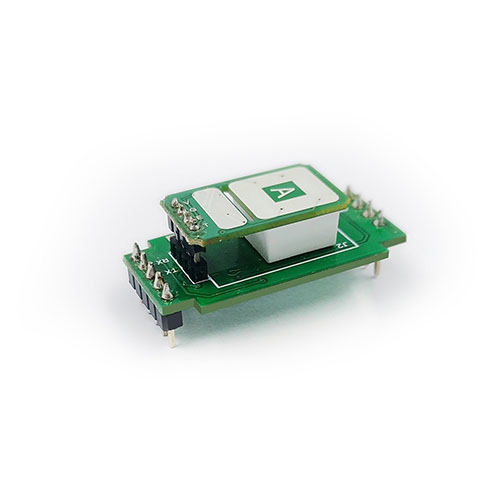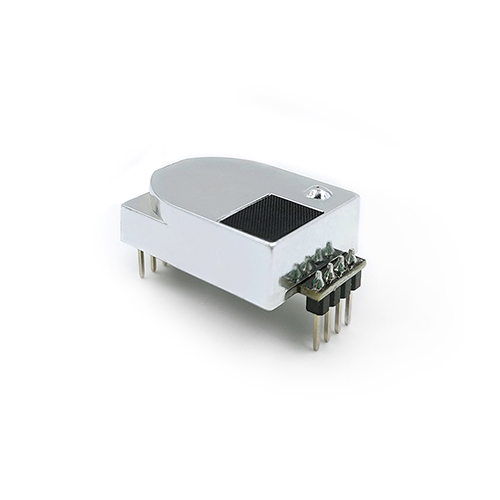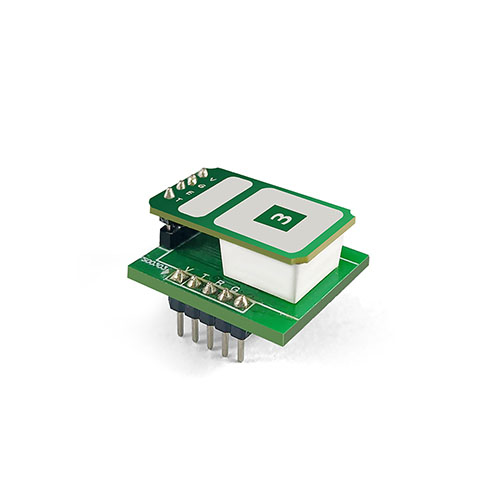Agricultural co2 sensors
Agricultural co2 sensors are increasingly used in applications, especially in breeding and planting. Carbon dioxide is an unavoidable gas that has an impact on the environment in which crops are grown and raised. Applications in agriculture therefore make CO2 sensors an ideal tool for increasing production capacity. The main function of Agricultural co2 sensors is to help agricultural producers manage greenhouse climate and control greenhouse gas emissions, and improve the efficiency and environmental protection level of agricultural production.
Agricultural co2 sensorsApplication:
A greenhouse is a method of controlling the environment in which plants grow, providing them with the right light, temperature and humidity. The application of Agricultural co2 sensors in greenhouses can measure the concentration of carbon dioxide and other gases in the air in real time, and combine it with parameters such as temperature and humidity to control the operation of greenhouse ventilation, circulating water and other systems, adjust the atmosphere in the greenhouse, and ensure the growth of plants. Optimal conditions. By using carbon dioxide sensors, agricultural producers can take advantage of optimal atmosphere control measures to achieve high yields and high quality agricultural products.
Agricultural co2 sensors can help agricultural producers control greenhouse gas emissions in greenhouses. In the process of agricultural production, the application of fertilizers and the respiration of plants will produce greenhouse gases such as carbon dioxide, leading to the greenhouse effect. Agricultural producers can use carbon dioxide sensors to monitor greenhouse gas emissions and take timely measures to reduce emissions and achieve energy conservation and emission reduction.
In agricultural production, CO2 emissions are an important indicator that can be used to monitor changes in CO2 emissions during the agricultural process. Carbon dioxide sensors can monitor the concentration of CO2 in the agricultural process in real time, helping farmers and agricultural enterprises understand the CO2 emissions in the agricultural process. When CO2 concentration rises, farmers can take some measures to reduce CO2 emissions, such as increasing ventilation and using organic fertilizers. When CO2 concentration decreases, farmers can take some measures to increase CO2 emissions, such as increasing fertilizer application and using efficient agricultural technologies.
Carbon dioxide sensors can be used to monitor changes in CO2 emissions during agricultural processes and provide support for agricultural decision-making. Farmers and agricultural enterprises can adjust agricultural technology and management measures according to changes in CO2 concentration to minimize CO2 emissions and improve the efficiency and quality of agricultural production. In addition, Agricultural CO2 sensors can also be used to monitor changes in meteorological conditions and provide prediction and decision support for farmers and agricultural enterprises.
In farming, carbon dioxide concentration is a very important parameter. According to expert research on the impact of carbon dioxide, the concentration of carbon dioxide in the breeding environment has a great impact on the health of fish and animals. Too high or too low carbon dioxide levels will not only cause animals to grow slowly, but will also affect the normal function of body tissues. Therefore, carbon dioxide sensors are used in some working areas of the farm to monitor the concentration of carbon dioxide in real time, adjust the environment in time, maintain appropriate carbon dioxide concentration, improve the health of fish and animals, and promote their growth.
In the agricultural field, carbon dioxide content is also a very important parameter. Plant photosynthesis requires sufficient carbon dioxide to maintain normal plant growth and development. In the past, plants grew under natural conditions and the levels of carbon dioxide were relatively stable. However, with economic development and climate change, changes in carbon dioxide levels have affected plant growth and development. By installing agricultural co2 sensors in the planting area, changes in carbon dioxide content can be monitored in real time and appropriate measures can be taken. For example, open vents to increase air flow to improve the growing environment for plants. This will help increase plant growth rate and yield, increasing output value.
The application of carbon dioxide sensors in agricultural production is very important. It can help agricultural producers accurately control the greenhouse atmosphere, increase the yield and quality of agricultural products, and also help achieve energy conservation and emission reduction goals.








